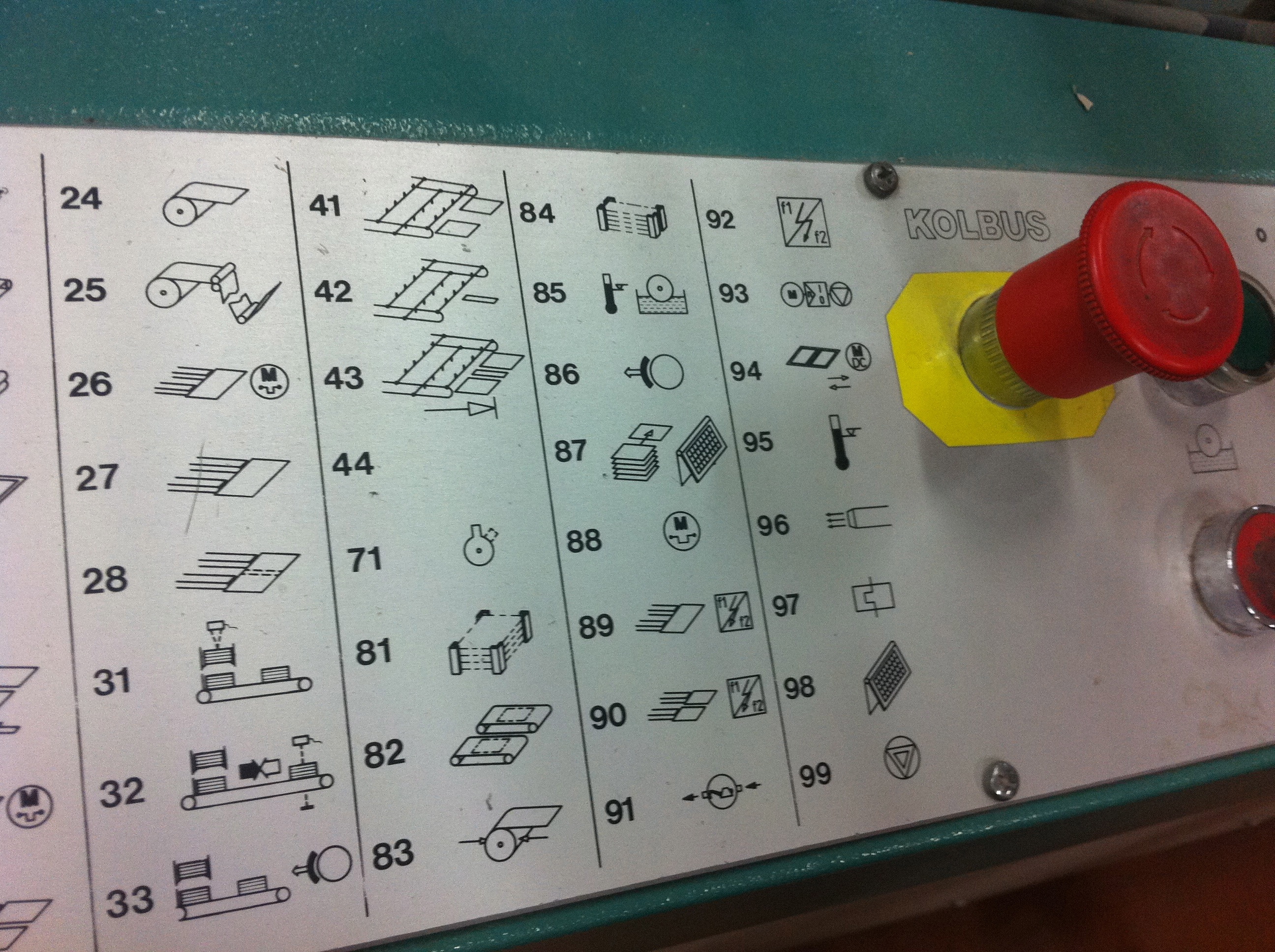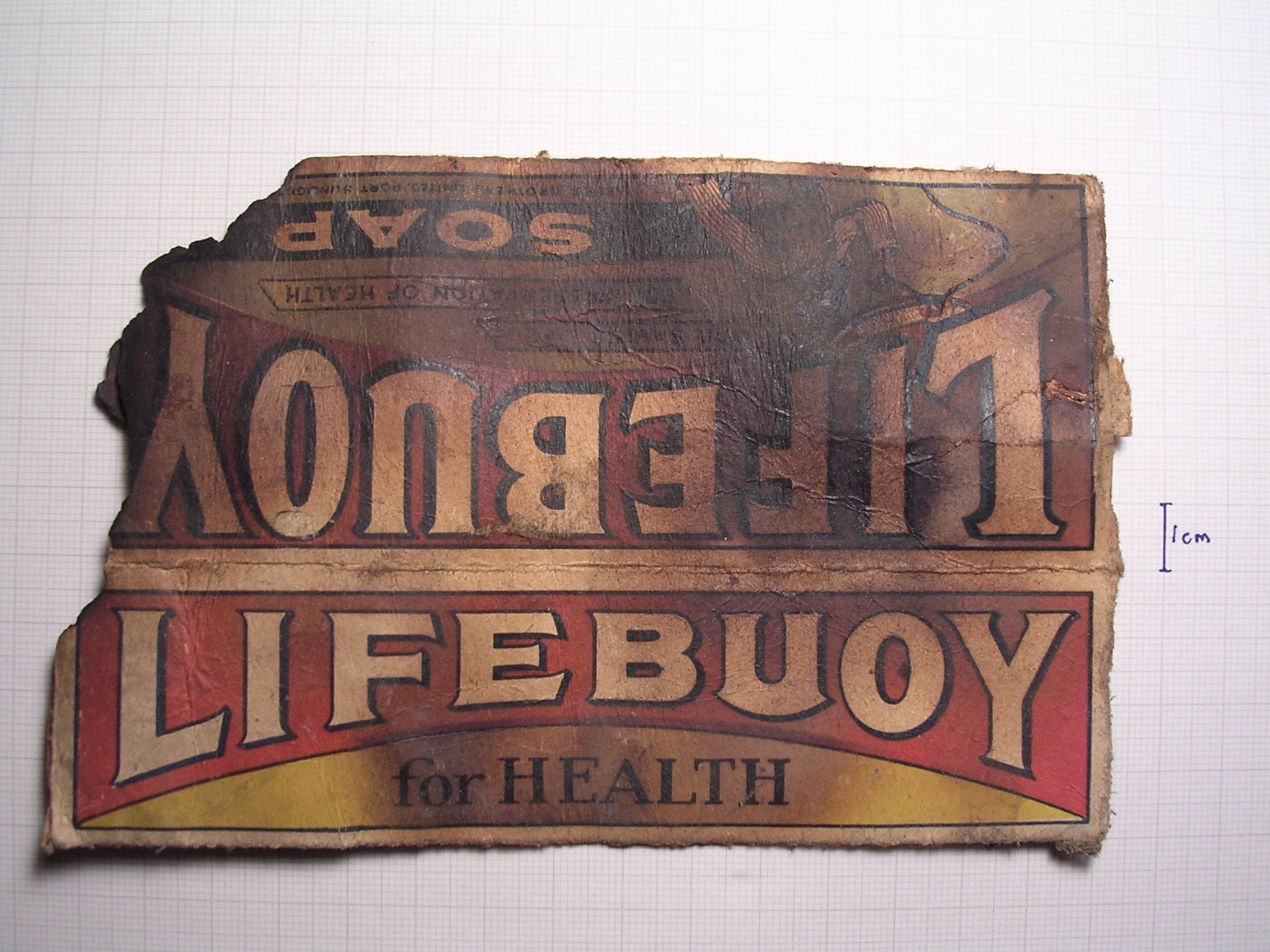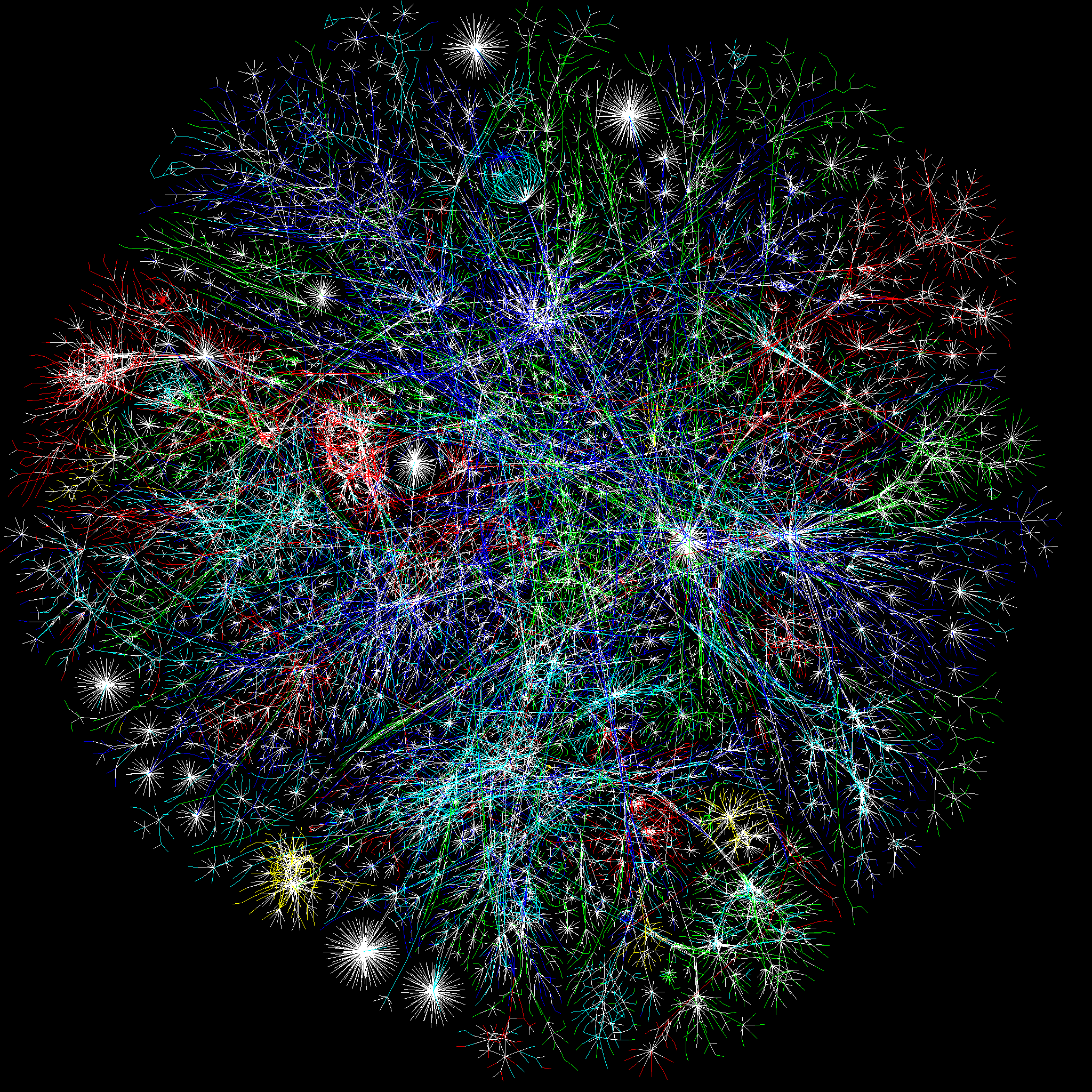
Here is an unedited chat with George Siemens about corporate MOOCs. He is preparing an open, online symposium on scaling up corporate learning, to be announced soon. The World Bank and OECD are two international organizations that will be contributing to the conversation. Here are some of the questions we briefly discussed: What is a “corporate MOOC” and why should organizations outside higher education care?









